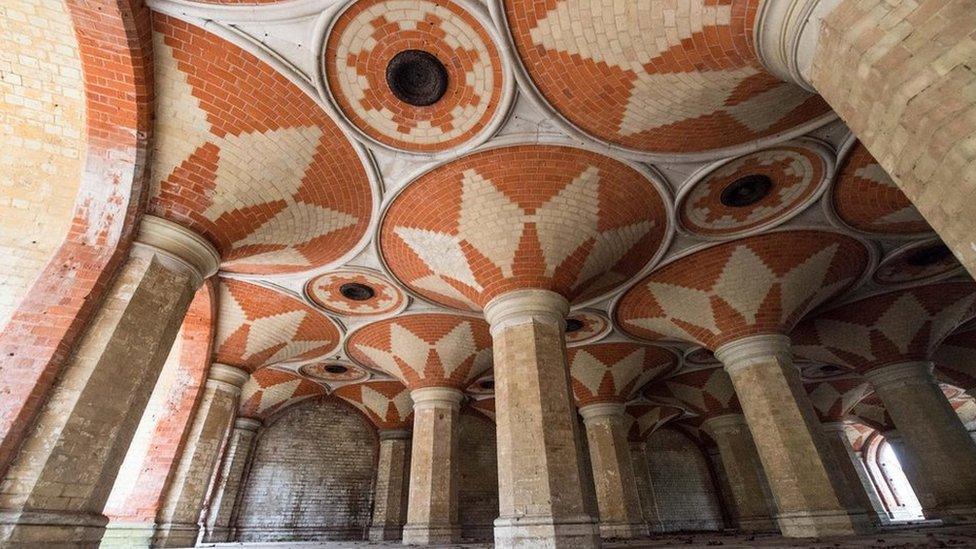Crystal Palace Subway restoration progress revealed
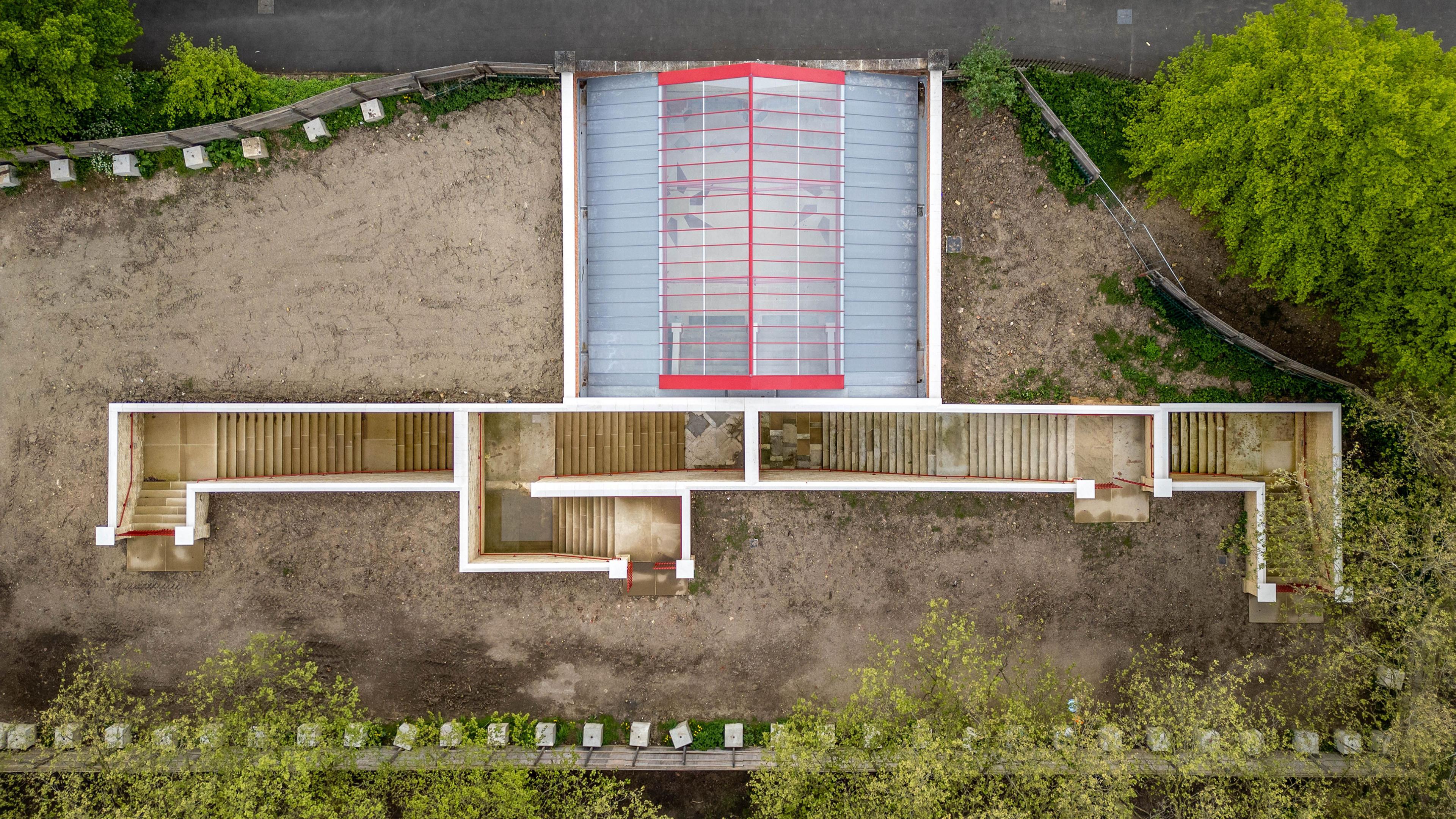
An image showing the newly restored structure from above
- Published
Crystal Palace Subway is on track to reopen in time for its 160th anniversary next year as its restoration continues.
The Grade-II* listed subway, which is hidden beneath the Crystal Palace Parade, was first opened to link a new railway station to the palace itself.
It is one of the last remaining structures from the Crystal Palace which burnt down in 1936.
The High Level Crystal Palace station closed in the 1950s and was demolished in 1961.
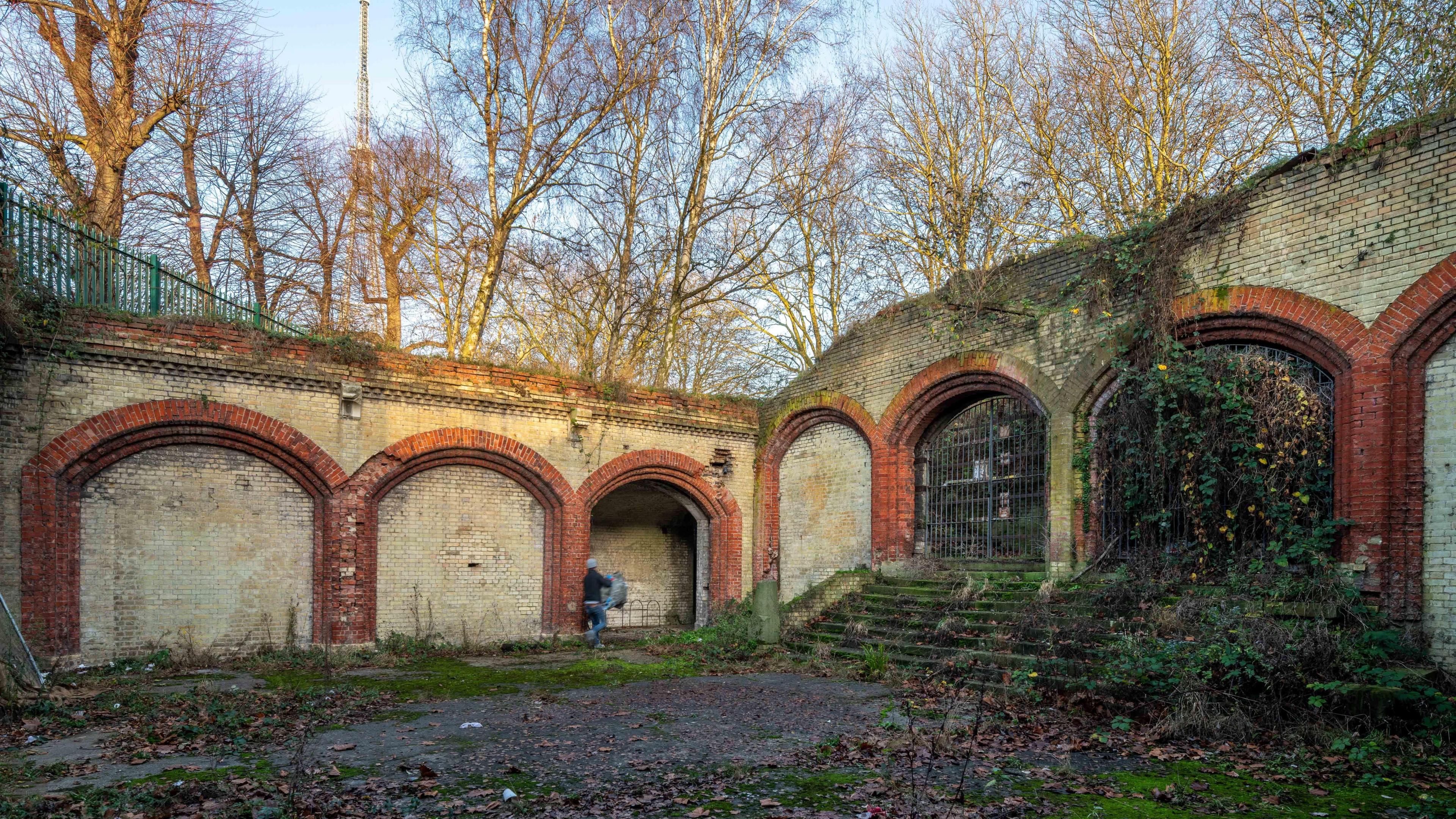
Crystal Palace Subway was in a state of disrepair in 2018
The subway, a richly decorated underpass beneath the A212, has 18 stone columns topped by terracotta-and-cream brickwork fanned vaults.
It was used as an air raid shelter during World War Two, and then became an occasional community event space.
The Chemical Brothers filmed their 1996 music video for Setting Sun in and around the subway.
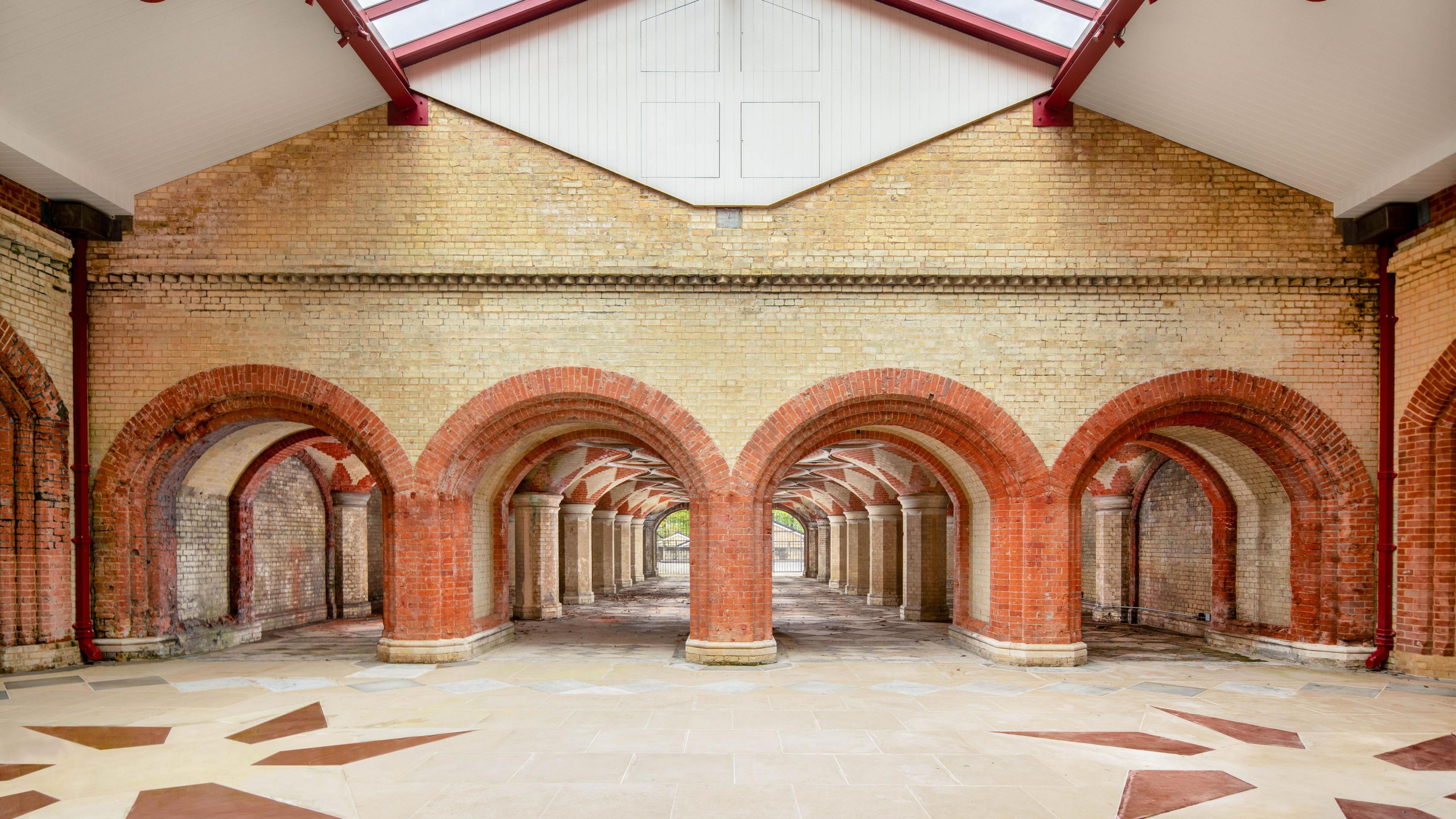
The restoration, funded by sources including Historic England and personal donations, has cost about £3.5m so far
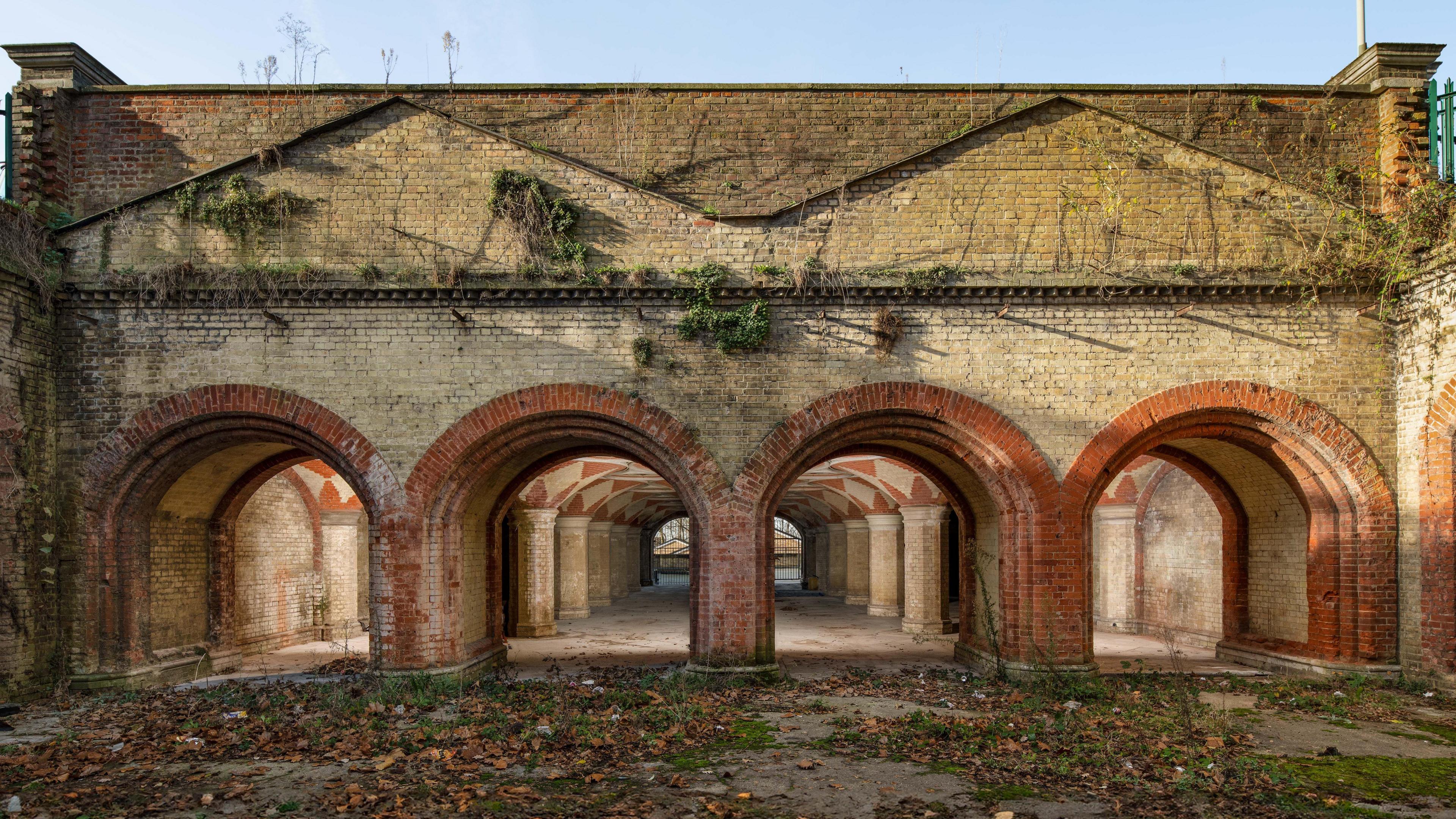
The restoration project, pictured here in 2018, has so far taken 14 years
A new roof has been erected over the East Courtyard and repairs have been made to the walls, floor, steps and entrances.
The subway will be run by Crystal Palace Park Trust, the new community-led custodian of the park in which the subway is located.
The space will be opened to the public as part of the Open House Festival on Saturday 21 September.
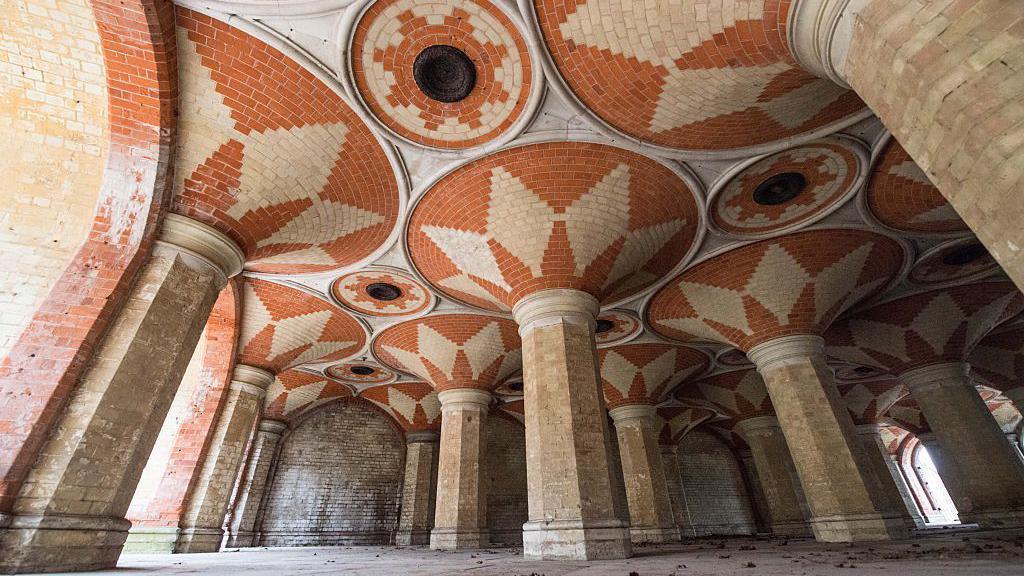
The vaulted space will be the focus of later stages of restoration
The station was the terminus of the Crystal Palace and South London Junction Railway (CPSLJR), which was later absorbed by the London, Chatham and Dover Railway (LCDR).
The station and the subway were designed by architect Charles Barry Jr.
He, along with fellow architect Robert Richardson Banks, also designed the forecourt of Burlington House (home of the Royal Academy), in Piccadilly.
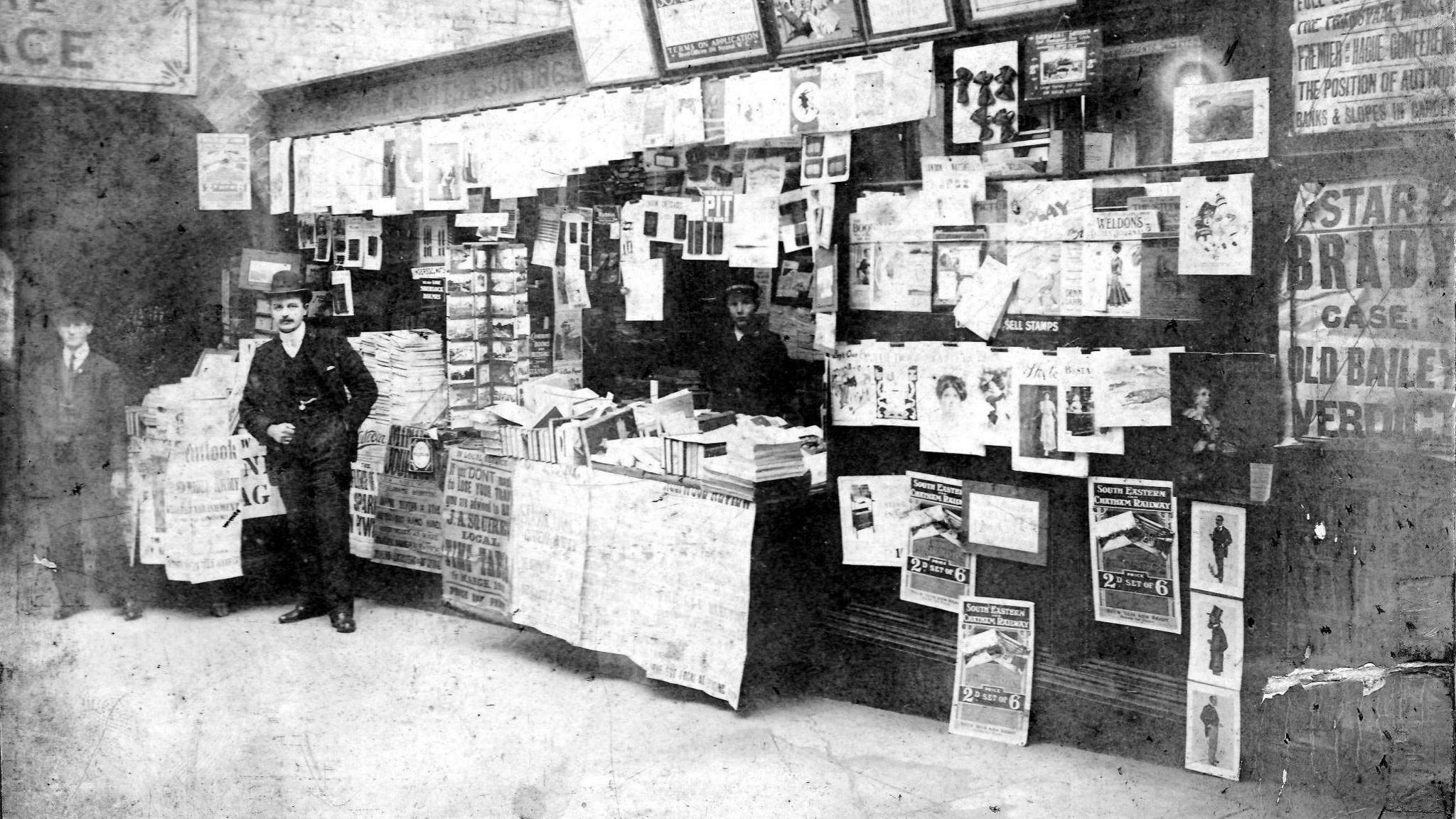
The subway, pictured in 1907, was later used as an air raid shelter
The Crystal Palace High Level Station never received the great number of passengers anticipated, though investment on the line continued.
The station was temporarily closed during World War One, but despite low passenger numbers, the line was electrified in 1925.

This image, taken in 1976, shows some of the damage
Lord Mendoza, the chairman of Historic England, said: “The subway’s restoration has been a labour of love.
"The rejuvenation of this extraordinary space was made possible by the determination of the local community and the commitment of partners and funders.
"Heritage brings people together and the subway, this beautiful example of Victorian construction, will do just that for many as a new venue in Crystal Palace.”

The Subway, here in 1988, was the setting for community events like Morris dancing...
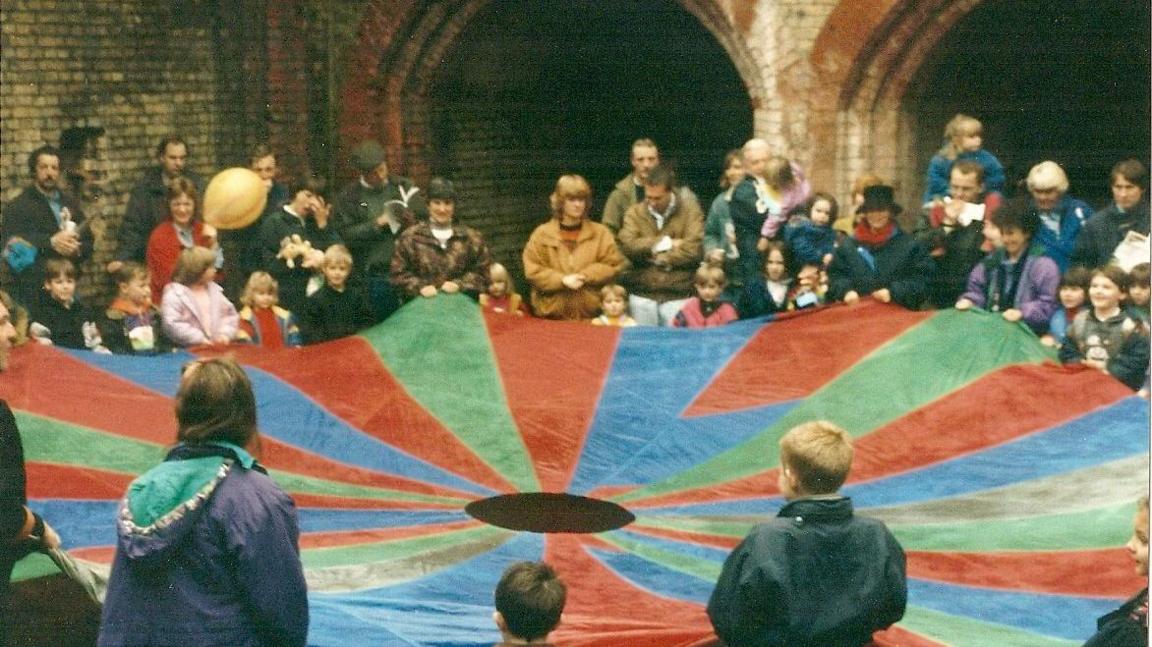
... And whatever this is
Listen to the best of BBC Radio London on Sounds and follow BBC London on Facebook, external, X, external and Instagram, external. Send your story ideas to hello.bbclondon@bbc.co.uk, external
Related topics
- Published12 January 2022
